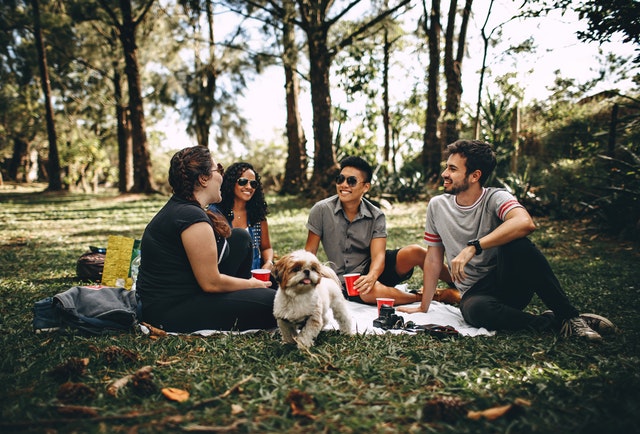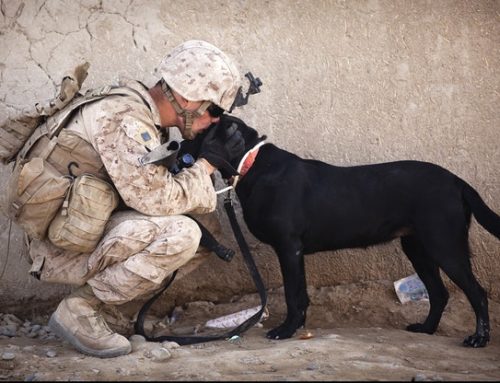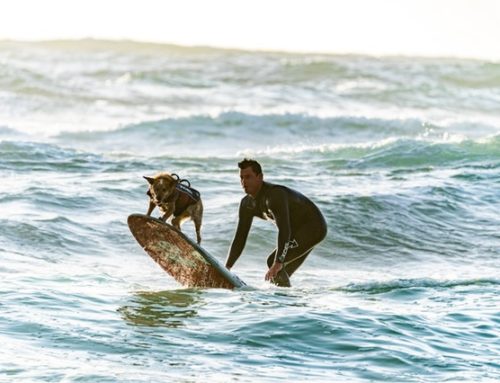Long ago, our relationship with wolves was very different than what our relationship with domesticated dogs is today. We have gone from an adversarial situation, one in which we fought with them for survival to one in which we cohabitate companionably – and sometimes even have closer relationships with our canine friends than we do with our human ones. When and how did this happen?
Scientists have begun to track the evolution of the relationship between man and his dog and how both species changed and adapted along the way. The oldest domestic relationship goes back to when dogs were the wolves we still know today. Somewhere between 15,000 and 40,000 years ago some of these wolves went from being wild competitors to being our constant companions in what has been called one of the most extraordinary events in human history.
There is continued debate about exactly where and when the domestication events began to occur, from Europe to Asia and back again. However, what is perhaps more curious is how these events took place. It is thought that wolves were adopted and domesticated with the rise of agriculture. And friendliness seems to be the key genetic trait that caused certain wolves to start to become what we think of as dogs in only a few generations.
The question of how wolves became domesticated has also been looked into by Russian scientists who created an experiment with silver foxes. The foxes that showed the most friendly behavior were bred and eventually a group of foxes were created that bore little resemblance to other, wild foxes.
Domestication has changed dogs in several ways – as they interacted with humans they started to leave behind some of their pack mentality. They have also gradually learned to use humans to solve their problems. When presented with challenges, modern dogs look to their human companions to help them solve it while wolves work to physically solve it on their own. Dogs and humans can also cause biological bonding that usually only happens between humans with close relationships.
The fall of the pack mentality is also notable in how wolves currently differ from dogs. Dogs are terrible at coordinating while wolves can work together efficiently to solve problems. This contradicts the theory that dogs are just friendlier wolves. The old Rudyard Kipling saying that the strength of the pack is the wolf and the strength of the wolf is the pack still holds true.
Dogs also manifested physical changes from their wolf counterparts. They have different fur color and texture and their ears and tails are shaped differently. How the physical and biological changes occurred is something scientists are working to study. One theory suggests that as wolves that lived in close proximity to humans actually self-domesticated and their genes began to change.
Dogs also have specific facial attributes that wolves do not – they are able to literally make “puppy dog eyes” while wolves are not. The idea is that dogs may have developed these communication abilities based on human preferences and ways of communicating.
While much is made of the differences between wolves and their housebound counterparts, there are also many similarities that help us understand the closeness of the former relationship. Both start out as pups with playful behavior in need of direction, but because the dogs stay dependent on humans they can essentially stay in the puppy phase. Characteristics of guard dogs and hunting dogs can also be very wolf-like.
However it occurred, this much is known – the relationship between humans and dogs has become a revered one that many people rely upon for companionship, security and even labor. It’s a unique species to species bond that has changed the way humans live, work and think about the animal kingdom. How Domestication Changed the Dog






